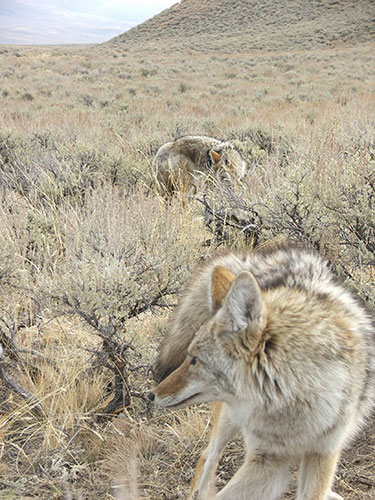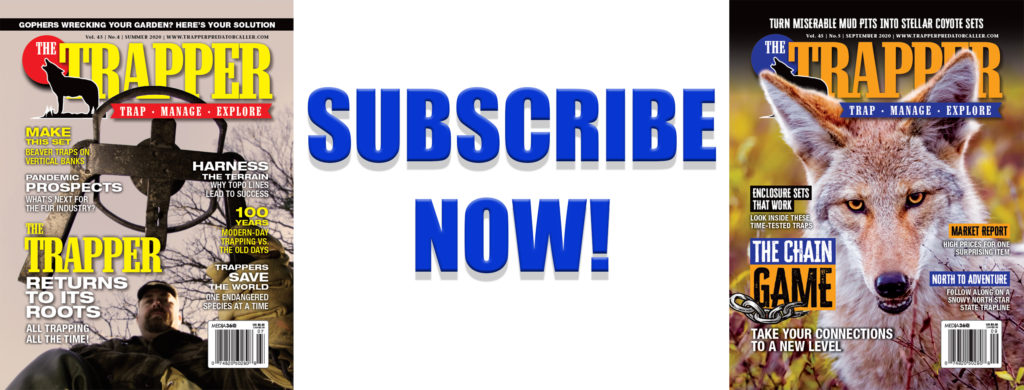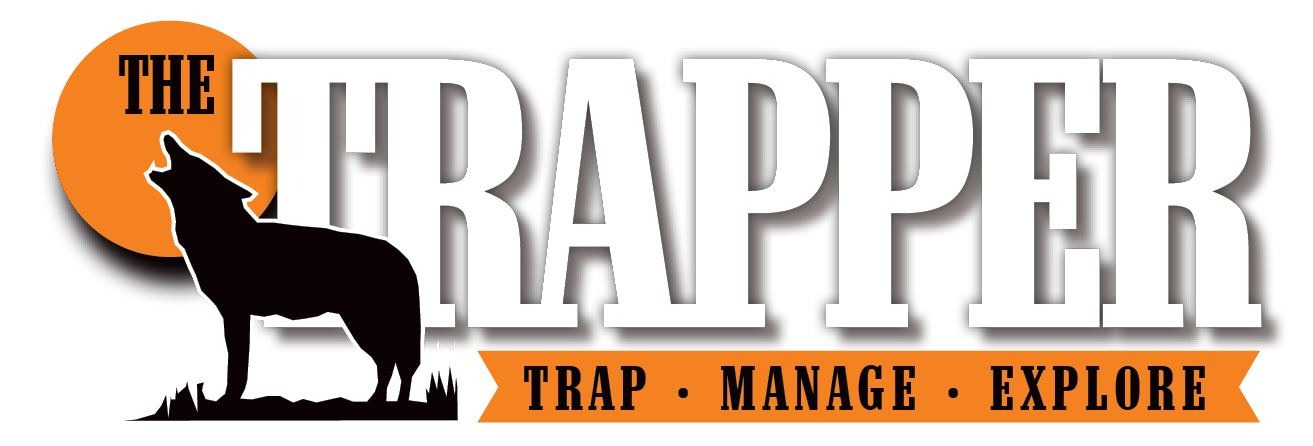Not much change is expected in the global fur market as we end 2024 and enter into 2025, and at this point all indications suggest that prices for early 2025 will be very similar to prices from 2024. No change is logical since very little has changed on the global political scene. Worldwide, political instability has not changed, Russia continues to be at war with Ukraine, and while the battles rage on, the market for staple Russian items — raccoons especially — remain tough to sell.
Right now, any raccoon buyer is either gambling and buying speculatively, or has a project in mind that can use top quality fur for bottom price. Speculative buying occurs when prices are dirt cheap, and buyers gamble that the tide will turn. They buy the very best skins for almost nothing, store them in dedicated freezers, and hope that the market recovers before the skins turn bad. The raccoon market is so slow that the offering is limited, but I suspect the quantity in storage is phenomenal. In the field, I suspect very few trappers target raccoons on purpose, but raccoons are often caught in sets for other species (fox, coyote, mink and fisher sets mostly), so trappers harvest a bunch each year, whether they want to or not. Expect low prices, and be thankful if you find a buyer. For the blue skins or damaged skins, I am not sure what to tell you, they will be tough to sell, if you can sell them at all.
Beaver has been good the last few years with the hatter market, but this market is declining as the offering of pelts has now matched the annual demand. Predictions are that beavers will decline again this year, but large skins still remain at decent levels. I have always found that a $30 average for beaver is good enough for me, especially if I can make another $5-$10 with the castor glands, selling the oil sacs for the lure-making trade, and either sell the carcass for human consumption (a growing trend here in Canada where a freshly caught beaver carcass clean enough for human consumption can fetch $20-$40), and maybe even get a few dollars for the tail. Finally, beaver guts make some of the very best baits for drawing foxes, coyotes and wolves to your sets, so beaver is still the number one moneymaker as we near the end of 2024. As with any pelts, larger sizes and prime pelts will fare much better, whereas lower grades are expected to tumble first as the price decreases. This is a normal process — when prices start declining, the most immediate impacts are on low-quality skins, which are the last ones to rise in price when the market climbs, and the first ones to go down when the price decreases.
Northern trappers also have access to a few other skins that seem to angle upward in price. Marten and fisher both continue to move up, albeit at a slow pace, but upward nonetheless. If you have these northern-woods mustelids, wait until the snow hits the ground and catch them when they are fully prime. Larger skins are expected to bring more, so handle them well and sell what you catch. Prices of $70-$90 are pretty good for fishers, and I would not be surprised if the very best skins go for higher than the $100 mark. Marten, another exotic big-woods fur, also will do well, especially the large and dark skins from the North. There is a lot of variation in marten fur color, some skins are yellow, almost orange, while northern skins are dark brown, almost black, and almost twice the size of southern skins. If you trap yellow martens in the South, do not expect the same gains in price.
Bobcats and Canada lynx will also do well. Limited offerings are the norm with lynx and bobcat, and buyers who want them cannot hesitate when they see lots they want at auction. Prices for both are expected to remain in line with last year, and maybe climb a little if the offering is limited.
Muskrats, mink and river otters are idle markets. At $2-$3 average for ‘rats, and $5-$8 for wild mink, I suspect there was not much competition under your local bridges and culverts this fall. River otters on the market are often incidentals to beaver trapping, and again, expect around the same as last year in terms of prices.
Red foxes and coyotes are still in neutral mode, and difficult to sell. The industry rumors are that there are thousands of pelts in storage for both species while waiting for the price structure to recover. Coyotes are known to store better than red foxes, and although it is tough to tell how many skins could be in storage, prices for fresh skins suggest that the market is just about stalled. Red foxes may bring $5-$15, Western coyotes $20-$25, Eastern coyotes probably $10-$15. Both fox and coyote fur are beautiful, but there is no market to move them, and a lot in storage (raw and tanned). Catch coyotes to gain permission, catch them when they are prime and keep your price expectations low. Damaged and unprime coyote pelts are worthless in the fur industry right now. If you have access to cross or silver foxes, they do very well, as do all species aimed at the taxidermy or wall-hanging trade. This is why beautiful striped skunks, badgers, wolverines and wolves sell like hot cakes. If you target the wall-hanging trade, learn to keep the fur complete and keep the feet, claws and lower lips on the skins — you will be surprised how much more money these same skins will bring.

These great looking coyotes were collected in one trip worth of truck fuel. Photo credit Dave Morelli
December is a prime month for harvesting, and at this stage we can only hope for the best as we enter 2025. We had 10 years of fantastic coyote prices with the parka trim trade, a few years of great beaver prices with the hatter market, so let’s hope that 2025 brings us a new reason to get excited about fur prices!




